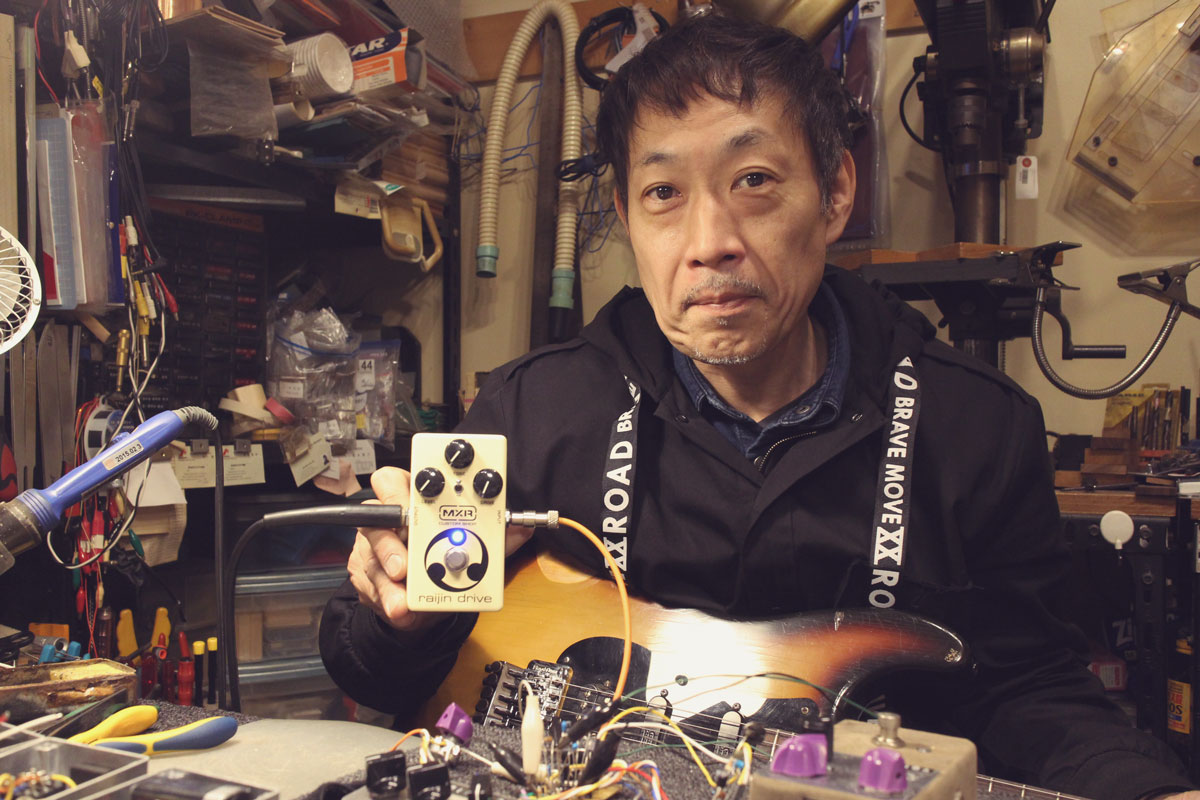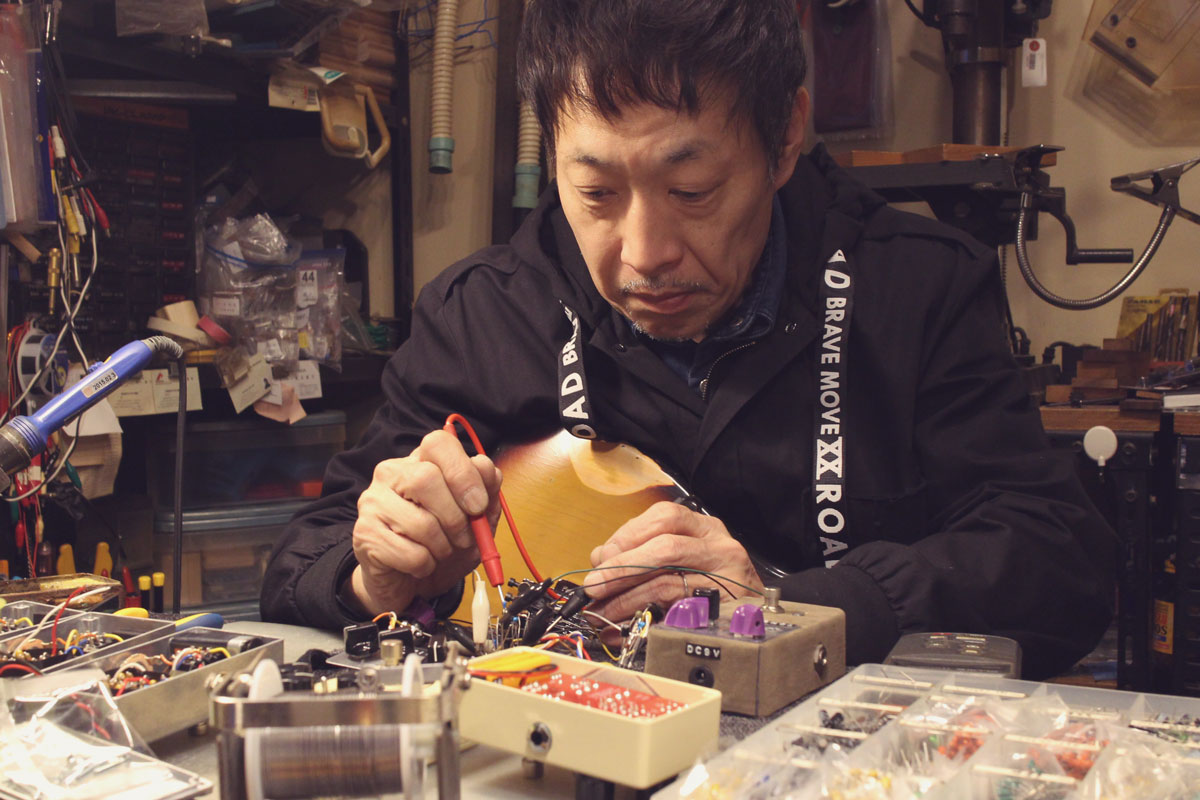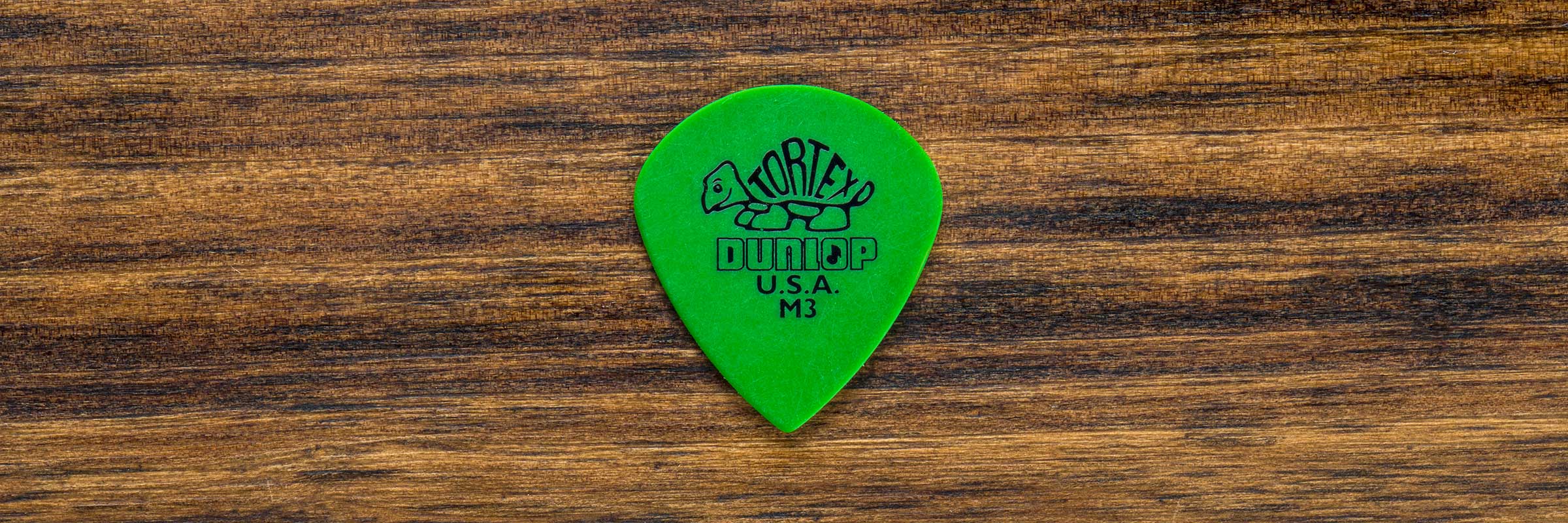The MXR Carbon Copy Analog Delay first hit pedalboards in 2008, captivating guitar players the world over with its rich bucket-brigade warmth and elegant simplicity. Today, it’s the go-to standard for players who want a well-rounded, easy-to-use delay pedal that sounds incredible.
Since then, the Carbon Copy name has practically developed into a sub-brand of its own. In 2015, we released the Carbon Copy Bright Analog Delay, a limited edition pedal that gave players all the functionality of the original but with a brighter sound. In 2017, we released the Carbon Copy Deluxe Analog Delay for those players who love the sound and user-interface of the original but want to exercise more control over their Carbon Copy Delay experience with more options for tone and performance. The year 2019 sees another join the fold in the form of the Carbon Copy Mini Analog Delay. It’s a must-have for players who need more freedom over their pedalboard real estate.
That makes three Carbon Copy Delays currently on offer, so you might be wondering which one is right for your needs as a player.
Let’s find out.










































